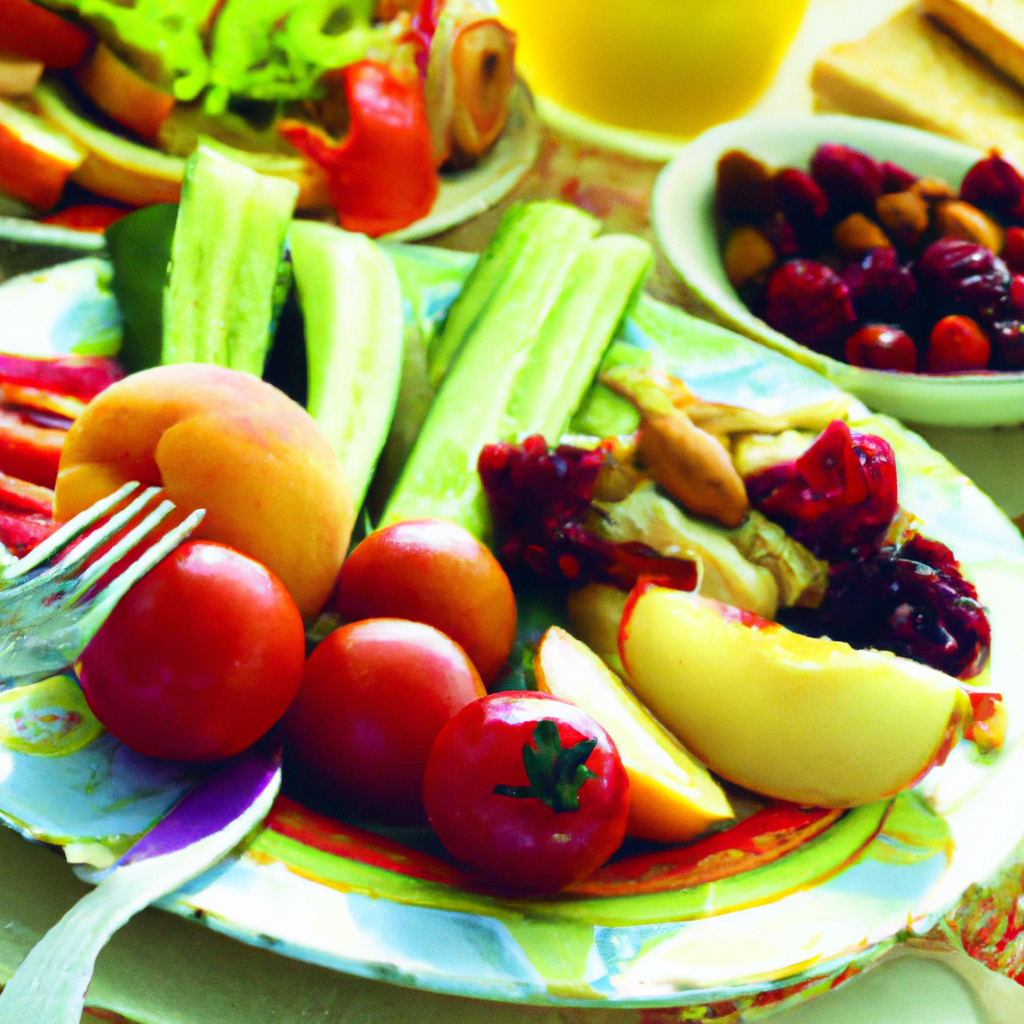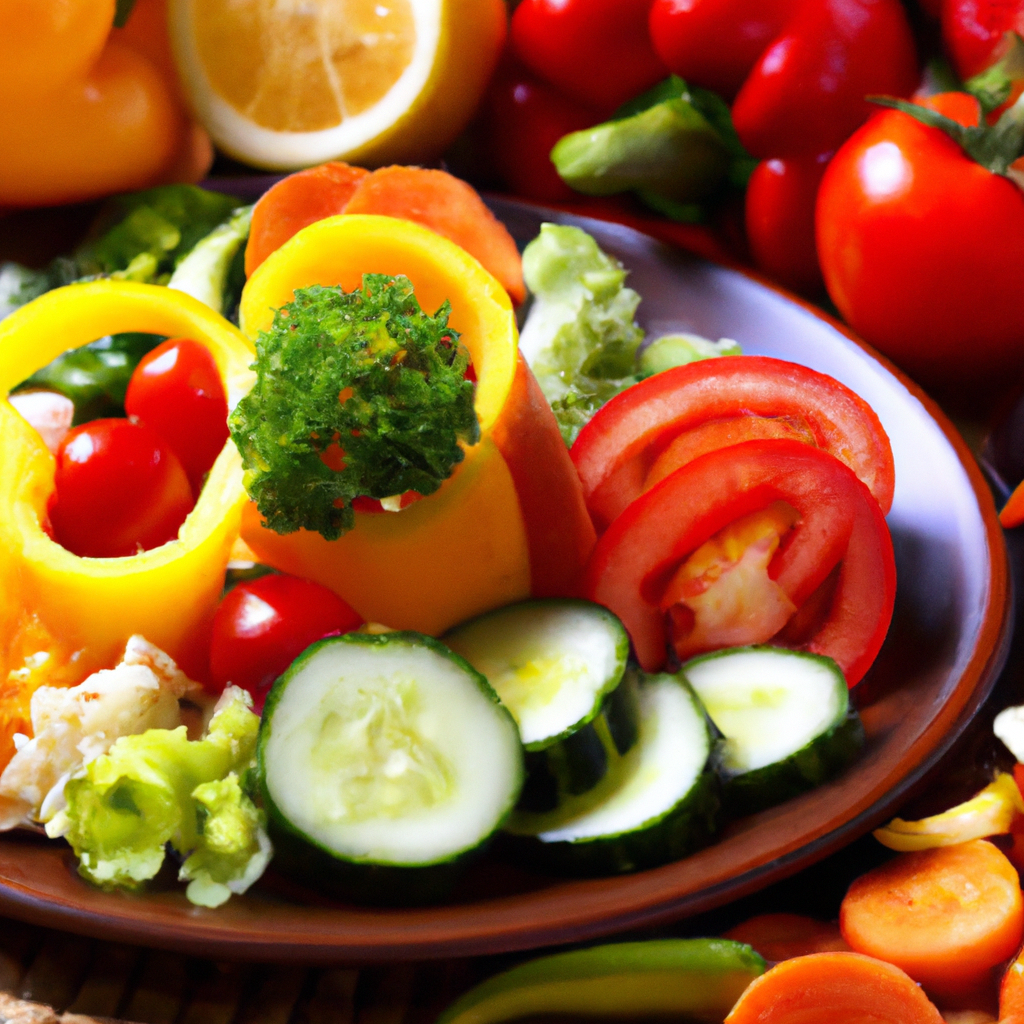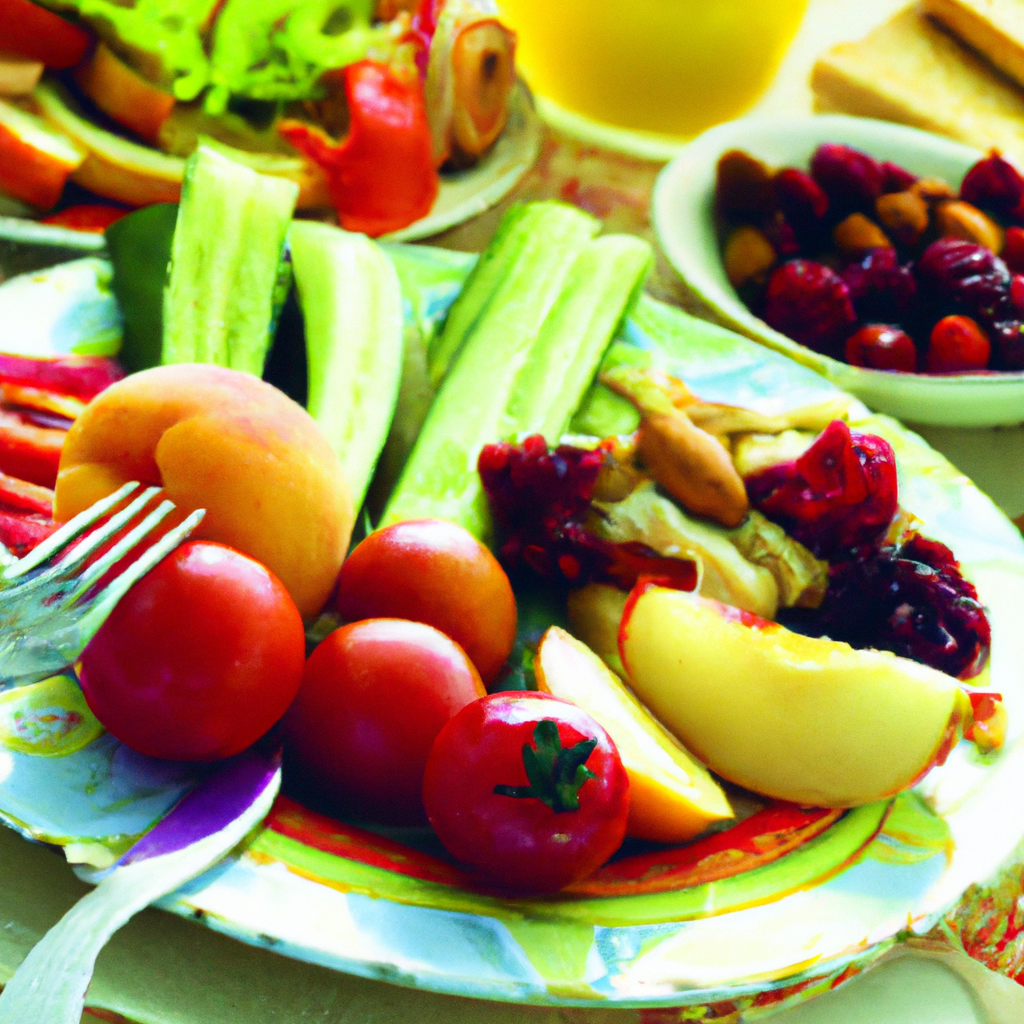Have you ever experienced the uncomfortable burning sensation of acid reflux? If so, you know just how important it is to find relief. Luckily, there is a simple yet effective solution – small, frequent meals. By understanding the science behind this approach, you can make smart food choices and alleviate the symptoms of acid reflux. In this article, we will explore the reasons why this method works and how it can bring you much-needed relief. So, grab a cup of tea and let’s dive into the science behind small, frequent meals for acid reflux relief.
Understanding Acid Reflux
What is Acid Reflux?
Acid reflux, also known as gastroesophageal reflux disease (GERD), is a condition characterized by the backward flow of stomach acid into the esophagus. When the lower esophageal sphincter (LES), a muscular ring that separates the stomach from the esophagus, becomes weak or relaxes inappropriately, it allows stomach acid to flow back up.
This reflux of acid can result in a burning sensation in the chest, often referred to as heartburn. Other symptoms of acid reflux may include regurgitation of food or sour liquid, difficulty swallowing, and a chronic cough.
Causes of Acid Reflux
Several factors can contribute to the development of acid reflux. One common cause is a hiatal hernia, which occurs when the upper part of the stomach bulges through the diaphragm into the chest cavity. Other risk factors include obesity, pregnancy, smoking, certain medications, and certain foods and drinks.
Mechanism of Small, Frequent Meals
Effect on Stomach Acid Levels
Eating small, frequent meals can have a positive impact on stomach acid levels for individuals with acid reflux. When you eat smaller portions more frequently throughout the day, it helps to prevent excessive stomach acid production. By avoiding large, heavy meals, you can reduce the likelihood of triggering acid reflux symptoms.
Importance of Portion Control
Portion control is essential for maintaining a healthy diet, especially for individuals with acid reflux. By monitoring the amount of food you consume in each meal, you can prevent overeating and minimize the risk of acid reflux. It is important to strike a balance between satisfying your hunger and not overloading your stomach.

Balancing Protein and Carbohydrates
The Role of Protein
Including an adequate amount of protein in your meals is crucial for individuals with acid reflux. Protein helps to strengthen the muscles that control the opening and closing of the LES, thus reducing the chances of acid reflux. Good sources of protein include lean meats, poultry, fish, dairy products, and plant-based proteins such as legumes and tofu.
Choosing the Right Carbohydrates
When it comes to carbohydrates, it’s important to opt for complex carbohydrates rather than simple sugars. Complex carbohydrates, such as whole grains, fruits, and vegetables, are digested slowly and provide a steady release of energy. On the other hand, simple sugars, found in sugary snacks and beverages, can contribute to increased stomach acid production and worsen acid reflux symptoms.
Avoiding Trigger Foods
Identifying Personal Triggers
It is crucial to identify and avoid foods that trigger your acid reflux symptoms. While triggers can vary from person to person, common culprits include spicy or fatty foods, citrus fruits, tomato-based products, chocolate, caffeine, and carbonated drinks. Keeping a food diary and noting any symptoms that occur after eating can help pinpoint your personal triggers.
Common Trigger Foods to Avoid
Certain foods and drinks are more likely to trigger acid reflux symptoms in many individuals. These include spicy foods, high-fat foods (such as fried or greasy dishes), acidic fruits and juices, tomatoes and tomato-based products (like pasta sauce or ketchup), chocolate, caffeine, mint, and alcohol. Limiting or avoiding these triggers can significantly reduce the frequency and severity of acid reflux symptoms.

Timing of Meals
Ideal Frequency of Meals
To manage acid reflux effectively, it is recommended to eat smaller meals more frequently throughout the day. This may mean having five to six meals or snacks instead of the traditional three larger meals. By spacing out your meals, you can avoid overwhelming your stomach and reduce the chances of acid reflux.
Optimal Timing for Acid Reflux Relief
Timing your meals appropriately can also help alleviate acid reflux symptoms. It is advisable to avoid eating meals or snacks within two to three hours before lying down or going to bed. This allows your body enough time to digest the food properly and prevents stomach acid from flowing back into the esophagus while in a reclined position.
Meal Planning Tips
Creating Balanced Meals
When planning your meals, it’s important to include a variety of nutrients to maintain a balanced diet. Aim to incorporate lean proteins, complex carbohydrates, and healthy fats, along with plenty of fruits and vegetables. By following the principles of a balanced diet, you can ensure your body receives the necessary nutrients while minimizing the risk of acid reflux.
Portion Sizes for Acid Reflux Relief
Monitoring portion sizes is crucial for individuals with acid reflux. Overeating can put excess pressure on the LES and increase the likelihood of acid reflux. It is advisable to use smaller plates or bowls to control portion sizes and focus on eating until you feel comfortably satisfied, rather than overly full.
The Role of Fiber
Benefits of Fiber for Acid Reflux Relief
Including an adequate amount of fiber in your diet can help alleviate acid reflux symptoms. Fiber helps promote healthy digestion by preventing constipation and regulating bowel movements. It also helps absorb excess stomach acid, reducing the risk of acid reflux. Good sources of fiber include whole grains, fruits, vegetables, legumes, and nuts.
Choosing High-Fiber Foods
To incorporate more fiber into your diet, prioritize foods such as whole wheat bread and pasta, oatmeal, brown rice, quinoa, fruits like apples and berries, vegetables like broccoli and Brussels sprouts, and legumes like beans and lentils. These foods are not only rich in fiber but also provide a wide range of other essential nutrients.
Hydration and Acid Reflux
Water as a Reflux Remedy
Staying hydrated is crucial for overall health, including managing acid reflux. Drinking water can help neutralize stomach acid and alleviate symptoms of heartburn. It is advisable to sip water throughout the day and especially after meals to aid in digestion and prevent excessive stomach acid production.
Limiting Certain Drinks
While water is recommended for acid reflux relief, it is important to limit or avoid certain drinks that can trigger symptoms. These include caffeinated beverages like coffee and tea, carbonated drinks, citrus juices, and alcohol. Opting for herbal teas or non-acidic, non-citrus fruit juices can be a more suitable choice for individuals with acid reflux.
Meal Size and Acid Reflux Relief
The Impact of Meal Size on Reflux Symptoms
The size of your meals can have a significant impact on acid reflux symptoms. Consuming large meals can put excess pressure on the LES, causing stomach acid to flow back into the esophagus. This can lead to heartburn, regurgitation, and other uncomfortable symptoms. By reducing portion sizes and opting for smaller, more frequent meals, you can alleviate the strain on your digestive system and minimize acid reflux symptoms.
Recommended Portion Sizes
To manage acid reflux effectively, it is recommended to consume smaller portion sizes. Aim to fill half of your plate with vegetables, one-fourth with lean protein, and one-fourth with complex carbohydrates. By focusing on balance and moderation, you can enjoy satisfying meals while reducing the risk of acid reflux.
Lifestyle Factors and Acid Reflux
Stress Management
Stress can exacerbate acid reflux symptoms by increasing stomach acid production and affecting the functioning of the LES. It is essential to find effective stress management techniques, such as practicing mindfulness, engaging in relaxation exercises, and finding enjoyable hobbies. By reducing stress levels, you can improve your overall well-being and minimize acid reflux symptoms.
Physical Activity and Reflux Symptoms
Regular exercise offers numerous benefits, including managing acid reflux. Engaging in low-impact activities like walking, swimming, or yoga can help improve digestion, reduce stress, and maintain a healthy weight. Just ensure that you wait at least one to two hours after eating before engaging in physical activity to avoid triggering acid reflux symptoms.
In conclusion, understanding acid reflux and implementing the appropriate lifestyle and dietary changes can greatly alleviate the symptoms associated with this condition. By adopting smaller, frequent meals, balancing protein and carbohydrates, avoiding trigger foods, timing meals appropriately, and incorporating fiber-rich foods, you can effectively manage acid reflux and improve your overall digestive health. Additionally, adequate hydration, portion control, stress management, and regular physical activity play a crucial role in reducing acid reflux symptoms and promoting a healthy lifestyle. By following these guidelines and making mindful choices, you can achieve relief from acid reflux and regain control of your digestive well-being.
